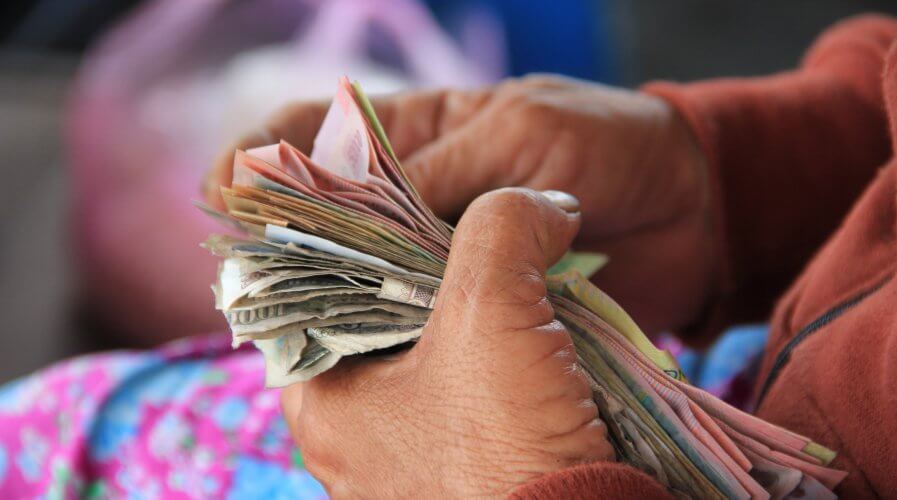
A large number of the global population remains without bank account, or prefer cash transactions. Source: Unsplash
There is a huge need for financial inclusion in Asia
REPORTS suggest that about 1.7 billion adults that around the globe don’t have access to financial services. Collectively, they’re the world’s unbanked population, and a significant percentage of them live in the Asia Pacific (APAC) region.
This demographic represents a huge market opportunity for businesses looking to create a more inclusive financial service that bridges the gap created by existing fintech solutions who are only able to cater to people with a traditional bank account.
World Bank recently released the Global Findex (Financial Inclusion Index) 2017, showing that amongst the unbanked, over 60 percent of them have access to a mobile phone.
Companies, like Paytm in India, are using that to their advantage by spearheading an industry of mobile-based cashless payments, without the need for a bank account.
In fact, Paytm’s success has prompted the company it to expand its portfolio of services. Their platform now allows users to book tickets, buy clothes and accessories, and even make investments. The mobile wallet industry in India is expected to grow to grow to US$4.4 billion by 2022.
In Indonesia, the story is slightly different. The World Bank report points out that the country is making serious headway when it comes to bringing citizens into the formal financial system. Since 2014, the country saw account ownership jumping from 20 percent to 36 percent, bringing the national total to 48.9 percent.
World Bank attributed the improvements to Indonesia’s efforts in promoting the use of electronic money, branchless banking, and digitization of social benefit transfer. What Indonesia shows, is the adoption of digital services to appeal to segments of the populations that do not have bank accounts.
Having said that, for those in rural areas, distance hinders efforts to persuade citizens to open a bank account. The fact that more than 230 million workers, especially farmers in the APAC region, still get paid in cash doesn’t help the government.
In Malaysia, payment gateway providers such as MOLPay and iPay88 have attempted to address this by providing virtual accounts. Users can make cash payments at convenience stores or banks using virtual accounts or transaction codes.
Across APAC, the potential remains high for financial services to appeal to unbanked customers. For governments to achieve a cashless society, companies will have to address the needs of the non-banking population.
READ MORE
- Strategies for Democratizing GenAI
- The criticality of endpoint management in cybersecurity and operations
- Ethical AI: The renewed importance of safeguarding data and customer privacy in Generative AI applications
- How Japan balances AI-driven opportunities with cybersecurity needs
- Deploying SASE: Benchmarking your approach
